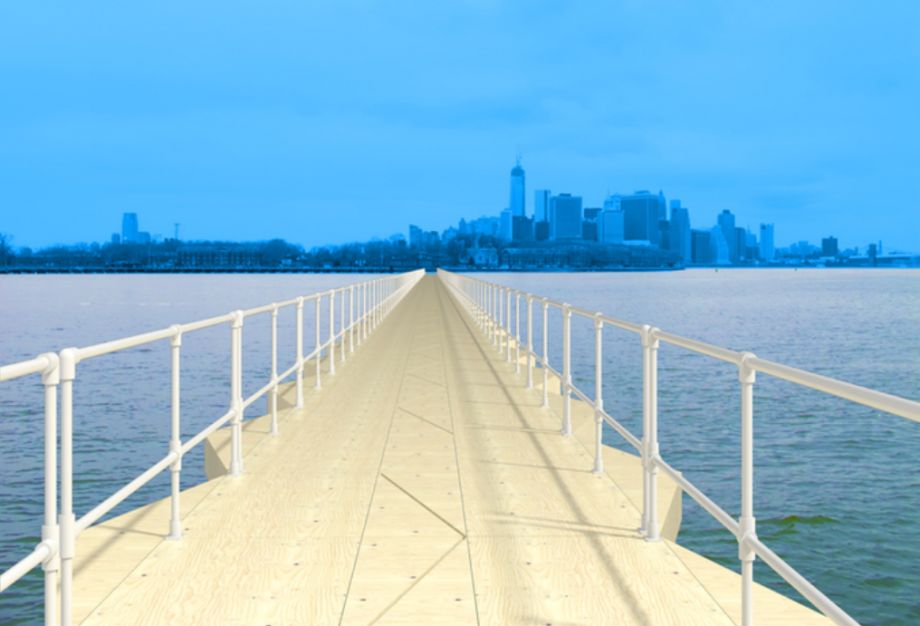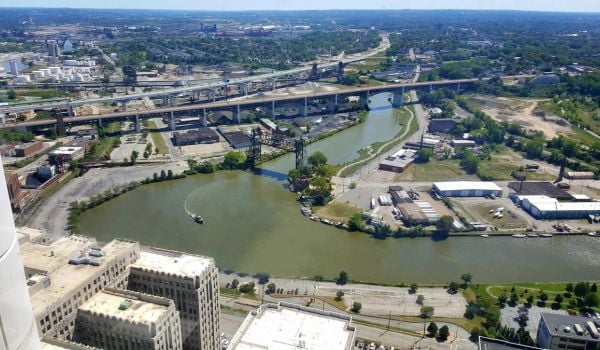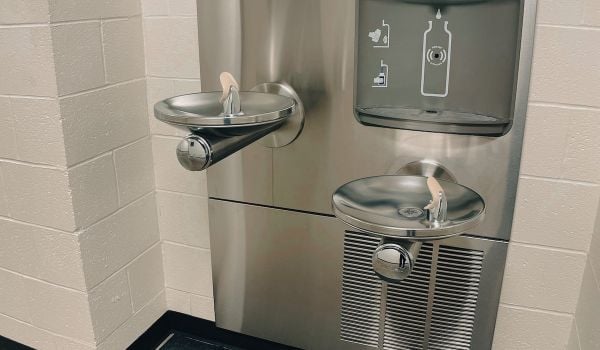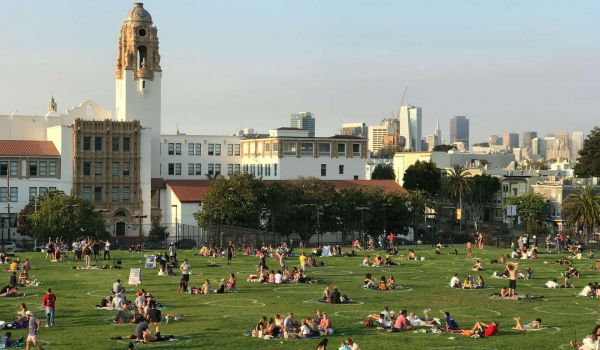Nancy Nowacek just wants to get in the water. A Virginia native who grew up swimming, Nowacek now lives in New York, where the city’s waterways are often seen as a scenic backdrop or an impediment to getting from A to B, not as a swimming opportunity.
“There’s a park with a tiny beach called Valentino Park,” Nowacek says. Going to that park “was the first time [since living in New York] that I was able to walk up into the water. But I was scared to put my foot in, because my perception is that it’s really dirty.”
Nowacek, though, is also an artist, and artists tend to see things differently. Around the same time she was discovering Valentino Park (in Red Hook), Governors Island, a former Coast Guard and Army base sold to the state and city in 2003, was reopening to the public. And then Nowacek came across an article by Walt Whitman, where he described a sandbar that used to connect Governors Island to Red Hook.
“I could then picture myself walking across the sandbar [to the island],” she says. “Oh my god, we’re surrounded by public space that we have no access to.”
The obvious solution, at least to an artist: Build a bridge.
Not a metaphorical bridge, but an actual floating bridge joining Red Hook and Governors Island. The waterway between the two, Buttermilk Channel, is still a shipping route, so the current plan is for “Citizen Bridge” to appear one day and disappear the next, for just enough time to impress upon New Yorkers the value of this oft-neglected space.
New Yorkers’ relationship to water is complicated. Many have to cross at least one bridge or tunnel on their commute. There are fears, some justified, that the water is unsafe to swim in. There’s even a rumor that it’s illegal to swim in the Hudson.
And as the shipping industry moved to larger boats and standardized shipping containers and New York’s harbors didn’t keep up, the heart of commercial industry moved to New Jersey, leaving the waterfront if not dead then dying.
“All of a sudden, we were closed off from the water,” Nowacek says.
But New York City has 528 miles of coastline, and so to ignore the water seemed like ignoring the city’s largest public space. Nowacek came up with the idea of Citizen Bridge in 2012 and since then, with the help of lots of other people, including architects and engineers, has tested seven different prototypes, starting with plywood lashed to 55-gallon plastic drums and upgrading to plastic foam and finally steel platforms. She’s currently running a Kickstarter campaign, hoping to raise $25,000 for a proof of concept in Brooklyn Bridge Park later this year. If all goes well, that campaign will generate the goodwill and funds necessary for the real thing.
Citizen Bridge may only stand for a day, but it will be anchored (no pun intended) by several weeks of programming that Nowacek also hopes will connect residents to their waterways: fishing classes, boat-building classes, aquaculture. And the bridge itself, Nowacek hopes, will feel “like walking on water … . I’m interested in walking that really fine line between feeling in conversation with the water and feeling in control. It’s my hope you’ll feel [like you are] on the water and with the water, but in a positive space with the water.”
Citizen Bridge is not the first attempt to connect Governors Island. Robert Moses proposed building a bridge. At least twice in the last hundred years, someone has presented a plan to use landfill to extend Manhattan to Governors Island. A 2011 proposal out of Columbia University suggested naming the area LoLo, for Lower Lower Manhattan; Robert Piriani, the executive director of the Governors Island Alliance (now Friends of Governors Island), suggested that more important than a land bridge was better infrastructure on the island itself.
This project, of course, is something different. Merritt Birnbaum, executive director of Friends of Governors Island, says her group is very supportive of the art project. “It’s a temporary structure, not a landfill. In terms of promoting Governors Island, of showing people that it’s their island … anything that brings people to the island and points to the harbor as a great resource for the city is something we support.”
The project’s temporary nature is a definite nod to the active 1,400-foot Buttermilk Channel. “I have no interest in shutting down the working waterfront,” Nowacek says. “I want this to be a ‘Yes, and’ to what’s there now.”
Since that first visit to Valentino Park, Nowacek has been back almost every week, including to test some of the Citizen Bridge prototypes. With the second prototype, someone needed to not just push but haul it into the water.
“I was really shaky, because I was like, ‘I have to get in the water today, and I don’t know what’s going to happen.’ Then she stepped in.
“It was a really hot day, and it was incredible. ‘I’m in the water and everything’s fine.’”

Rachel Kaufman is Next City's senior editor, responsible for our daily journalism. She was a longtime Next City freelance writer and editor before coming on staff full-time. She has covered transportation, sustainability, science and tech. Her writing has appeared in Inc., National Geographic News, Scientific American and other outlets.
Follow Rachel .(JavaScript must be enabled to view this email address)












